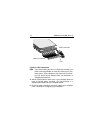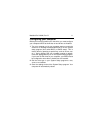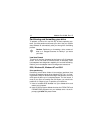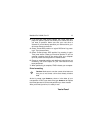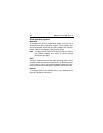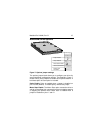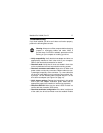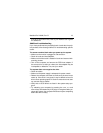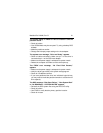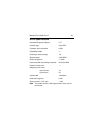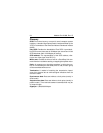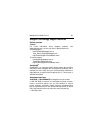
18 Medalist Pro 2160N, Rev. B
termination on all devices between the drive and the device at
the other end of the cable. See “SCSI termination” on page 5.
•
Make sure the drive is running.
Listen carefully to determine
whether the drive motor is spinning. Also, the drive-activity
LED should flash when the power is turned on. If the LED
stays on after power-on, make sure the interface cable is prop-
erly connected and that no other device on the cable is using
the same SCSI ID.
•
Check the drive type settings in the system setup pro-
gram.
The CMOS drive-type must be set to
none, zero
or
not
installed.
•
Verify your SCSI host adapter configuration.
Make sure
your host adapter is not using an I/O address or interrupt that
conflicts with other devices in your system. Refer to your host
adapter’s guide for assistance. Host adapters have a diagnos-
tic utility that can help you determine whether such conflicts
exist.
•
Check your power-supply specifications.
Each time you
add a new device to your computer, make sure your com-
puter’s internal power supply can support the total power
demand. If necessary, consult your dealer for a new power
supply.
•
Check for viruses.
Before you use someone else’s diskette in
your system for the first time, scan the diskette for viruses.
•
Isolate the drive.
If there is more than one drive in your sys-
tem, try disconnecting all drives except the new one. Then
configure and install only the new drive. This test helps deter-
mine whether a compatibility problem exists. If you are install-
ing the drive in a network, verify that the drive works with DOS.



